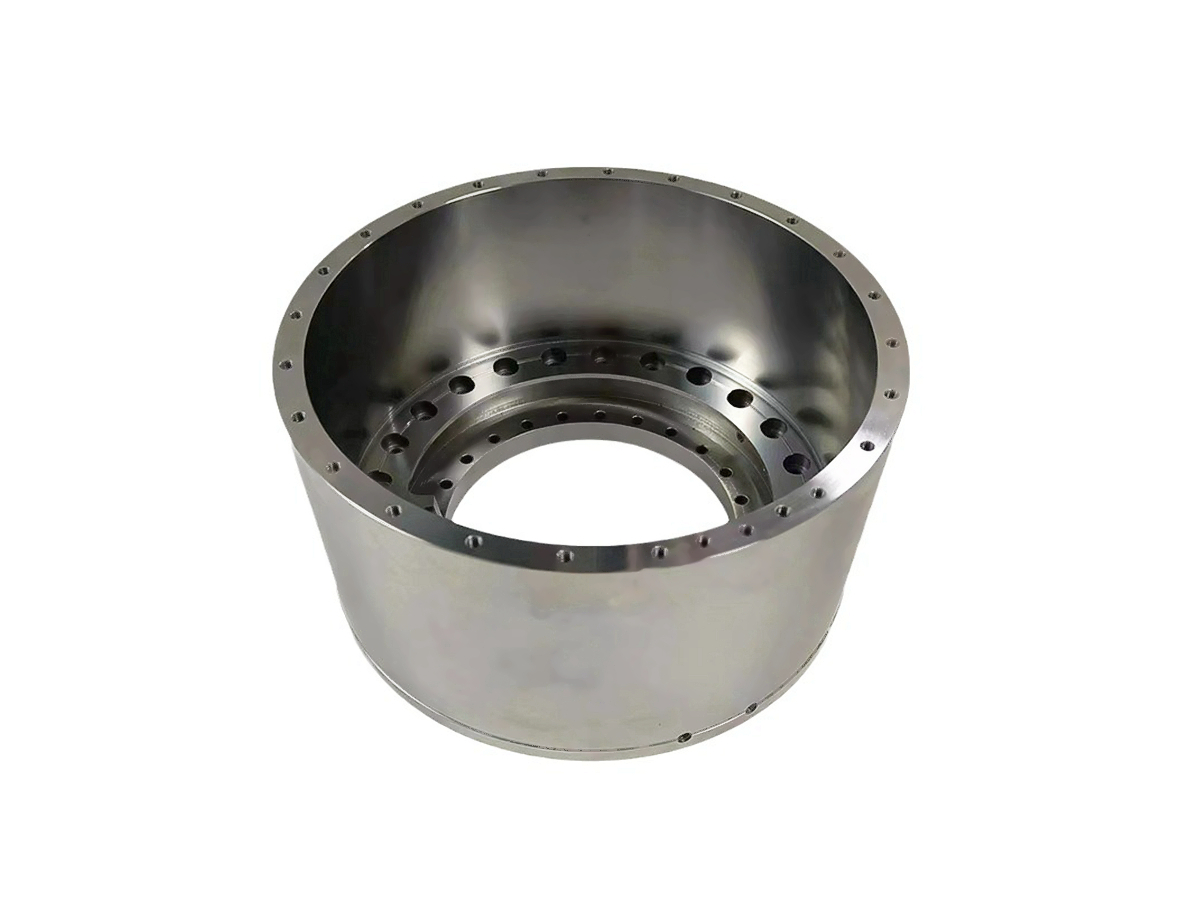Innovative Carbon Steel Machining for Agricultural Machinery: A Case Study
Introduction
The agricultural machinery industry relies heavily on robust components that withstand challenging operating environments, heavy loads, and abrasive conditions. Carbon steel, prized for its exceptional strength, toughness, and machinability, has become a cornerstone material for producing durable and efficient agricultural equipment parts such as gears, shafts, blades, and structural frames.
Advanced precision CNC machining processes have revolutionized the manufacturing of carbon steel components. CNC machining offers unparalleled precision, complex geometry capabilities, and improved surface finishes, significantly increasing agricultural machinery components' efficiency, durability, and reliability in demanding field conditions.
Carbon Steel Materials for Agricultural Machinery
Material Performance Comparison
Material | Tensile Strength (MPa) | Yield Strength (MPa) | Hardness (HRC) | Typical Applications | Advantage |
|---|---|---|---|---|---|
565-700 | 310-450 | 20-30 | Shafts, axles, gear blanks | Good machinability, excellent wear resistance | |
655-979 | 415-655 | 28-32 | Heavy-duty gears, high-stress parts | Superior strength, high fatigue resistance | |
440 | 370 | 10-15 | Structural frames, brackets | Excellent weldability, cost-effective | |
400-550 | 250 | 8-12 | Equipment frames, mounting plates | Versatile, reliable strength, economical |
Material Selection Strategy
Choosing suitable carbon steel for agricultural equipment requires careful consideration based on mechanical demands and application conditions:
Equipment components such as axles, gear blanks, and drive shafts needing good machinability, medium hardness (HRC 20-30), and excellent wear resistance are effectively produced from 1045 Steel.
Critical high-stress agricultural parts, including heavy-duty gears and high-load bearings demanding superior tensile strength (up to 979 MPa), fatigue resistance, and hardness (~HRC 32), utilize 4140 Steel.
Structural brackets, mounting hardware, and frames require excellent weldability, moderate tensile strength (~440 MPa), and cost-effectiveness benefit from 1018 Steel.
For general structural frames and mounting plates needing balanced strength (400-550 MPa tensile) and good formability at low cost, choose A36 Steel for reliability and versatility.
CNC Machining Processes
Process Performance Comparison
Precision CNC Machining Technology | Dimensional Accuracy (mm) | Surface Roughness (Ra μm) | Typical Applications | Key Advantages |
|---|---|---|---|---|
±0.02 | 1.6-3.2 | Simple brackets, structural parts | Economical, consistent quality | |
±0.015 | 0.8-1.6 | Rotational components, gears | Enhanced precision, fewer machining setups | |
±0.005 | 0.4-0.8 | Complex shafts, intricate parts | Superior precision, exceptional surface quality | |
±0.003-0.01 | 0.2-0.6 | Critical precision components | Maximum accuracy, intricate geometries achievable |
Process Selection Strategy
Selecting CNC machining processes for carbon steel agricultural components is influenced by complexity, precision, and performance criteria:
Simple components such as structural brackets and basic mounting parts with general precision (±0.02 mm) benefit economically from 3 Axis CNC Milling for reliable and consistent manufacturing.
Rotational or moderately complex parts, including basic gears and drive components, requiring enhanced accuracy (±0.015 mm) leverage 4 Axis CNC Milling to minimize setups and achieve higher precision.
Precision-critical shafts, intricate blades, and complex agricultural components demanding high accuracy (±0.005 mm) and fine surface finishes (Ra ≤0.8 μm) are optimally produced using 5 Axis CNC Milling for increased operational reliability.
Extremely intricate and critical agricultural machine parts needing the tightest tolerances (±0.003 mm) and complex details rely on Precision Multi-Axis CNC Machining for optimal performance and durability.
Surface Treatment
Surface Treatment Performance
Treatment Method | Corrosion Resistance | Wear Resistance | Hardness Improvement | Typical Applications | Key Features |
|---|---|---|---|---|---|
Good (400-600 hours ASTM B117) | Moderate-High | Moderate | Structural brackets, frames | Enhanced appearance, moderate protection | |
Excellent (≥1000 hours ASTM B117) | Very High | High (HRC 55-65) | Heavy-duty gears, high-wear components | Significant hardness increase, superior wear resistance | |
Excellent (≥800 hours ASTM B117) | High | Moderate-High | Shafts, bearings | Excellent corrosion resistance, enhanced durability | |
Excellent (≥600-800 hours ASTM B117) | Moderate-High | Moderate | Equipment housings, external covers | Durable, protective finish |
Surface Treatment Selection
Surface treatments for agricultural carbon steel components should precisely align with environmental conditions and mechanical stresses:
For structural components requiring moderate corrosion resistance (400-600 hours ASTM B117), enhanced appearance, and basic protective coating, choose Black Oxide for economical protection.
Heavy-duty gears, drive shafts, and wear-intensive components demanding significant hardness improvements (HRC 55-65) and superior wear resistance are optimally treated using Nitriding.
Shafts, bearings, and critical moving parts needing excellent corrosion protection (≥800 hours ASTM B117) and durability enhancement are best protected by Electroplating.
Equipment covers, external housings, and visible components needing excellent corrosion resistance (≥600-800 hours ASTM B117) and attractive finish rely on Powder Coating for aesthetic and durable protection.
Quality Control
Quality Control Procedures
Rigorous dimensional inspections using Coordinate Measuring Machines (CMM) and optical comparators.
Surface roughness verification via advanced profilometers.
Mechanical testing for tensile strength, yield strength, and hardness per ASTM standards.
Corrosion resistance validation according to ASTM B117 Salt Spray Testing.
Visual and non-destructive inspections (ultrasonic, magnetic particle) to detect material defects.
Comprehensive documentation adhering to ISO 9001 and agricultural machinery industry standards.
Industry Applications
Carbon Steel Component Applications
Precision gears and drive components for tractors and harvesters.
Robust structural frames and mounting brackets for machinery.
High-performance blades and cutting components.
Durable axles, shafts, and bearing components.
Related FAQs:
Why is carbon steel favored in agricultural machinery manufacturing?
How does precision CNC machining enhance the durability of agricultural equipment?
Which carbon steel grades are optimal of high-stress farm applications?
What surface treatments improve the lifespan of carbon steel agricultural components?
What quality standards apply to carbon steel parts in agricultural machinery?

